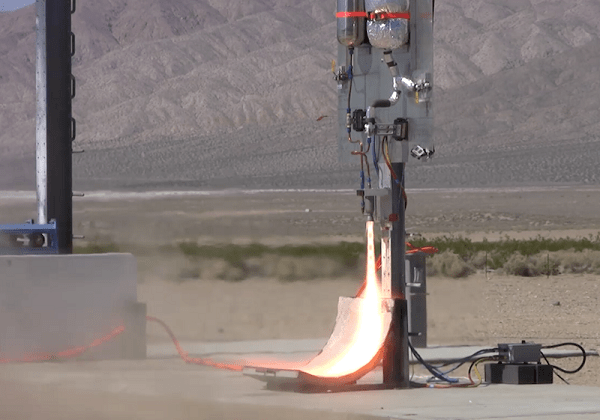Interested in 3D scanners but don’t know which one is the best? Visit Top 3D Shop and check out our 3D scanner reviews, we’ll help you choose the machine you need!

The startup Tri-D Dynamics, organized by graduate students at Purdue University, intends to use additive technology in the mass production of low-cost rocket engines.
“The manufacture of one or two tons of liquid fuel rockets using hybrid additive methods takes from a couple of days to two weeks. Engines can be printed in whole, or as separate components for subsequent assembly, ”says Alexander Finch, co-founder of Tri-D Dynamics. As explained by his colleague, Deepak Atiyam, the production of similar engines by traditional methods requires much more time, about three to four months. In addition, conventional production translates into higher costs. “As a rule, a couple of milling machines are required, plus welders, quality inspectors, testers, and other specialists, depending on the complexity of the engine. Using 3D printers, you can ideally get by with one or two operators, ”says Deepak.
The target market for compact rockets with 3D-printing engines should be the commercial sector, specializing in microsatellites. Young entrepreneurs are ready to work both with private companies and with state enterprises interested in low-cost technology for delivering miniature devices into orbit. Finch and Atiyam have been designing and manufacturing rockets since at least 2013. Last year, they participated in the Vulcan-1 student project, the world's first launch of a fully 3D-printed rocket engine made by direct laser sintering of metal powders (DMLS). A successful launch helped the guys get an internship at NASA and several specialized companies related to the aerospace industry.
“We came to Purdue with the specific goal of increasing the chances of creating a successful business, because Purdue is considered one of the best universities involved in training in the field of aerospace engineering,” says Finch. Young engineers are developing a modular design that allows you to change the number of engines depending on the mass of the payload. “Our goal is to provide one or two starts per week, which will require a minimum of 10-20 engines. So far, no one knows how to produce engines at such a pace, ”Atiyam explains.